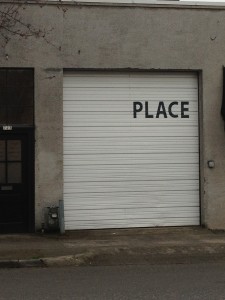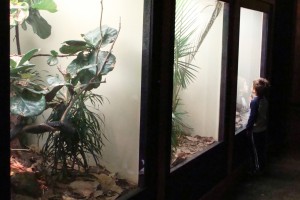Temporary landscapes show a broad range of placemaking initiatives. On one end of the spectrum we have temporary landscapes that can be replicated and relocated anywhere. The placemaking success of these landscapes capitalizes on easy to follow DIY instructions and universally easy to find materials (eg: Wood pallets). These projects may contrast with their surroundings but are nonidentical when compared to each other. On the other end of the spectrum are temporary landscapes that are very grounded in their setting. . The placemaking successes of these landscapes utilize thorough stakeholder or public input and reference to local history or culture. These projects may or may not contrast with their surroundings but are unique when compared to each other. Temporary landscapes capture a full spectrum of placemaking.
Month: February 2015
Conservation in Zoos
When educating people about the importance of conservation of animals and their habitats in zoos, it is important to create a connection between them and nature. This connection can be achieved by creating a sense of place that allows people to be inspired by nature and understand the importance of preserving it for the future. To create a sense of place artwork could be integrated into viewing areas to allow visitors to interact with it to form a closer connection to the animals they encounter. It is important to encourage and create moments of connection to the animals and their habitats. These connections have the potential to change attitudes towards nature and help people imagine wildlife and humans existing in harmony with each other.
“In the end, we will conserve only what we love. We will love only what we understand. We will understand only what we are taught.” – Baba Dioum

